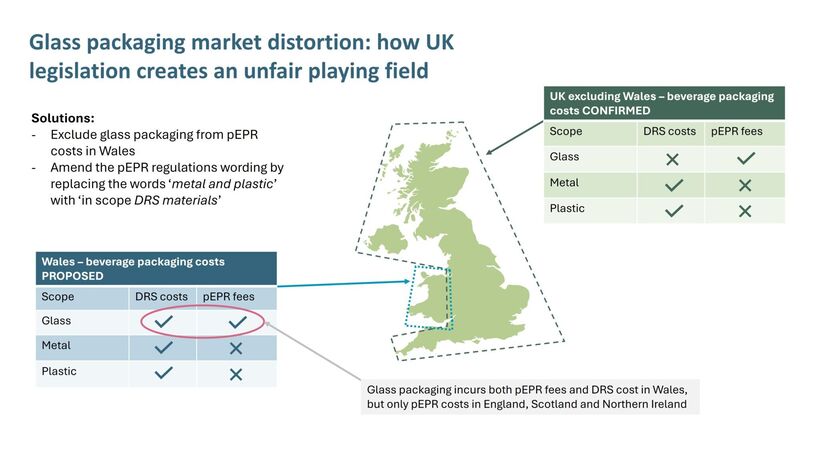The already fraught landscape of US-Canada trade relations took a sharp turn this week, with the White House announcing plans to double planned tariffs on aluminum and steel imports from Canada.
This move, slated to take effect on March 12th, is a direct response to Ontario’s recent decision to impose a 25% fee on electricity sold to U.S. customers in Minnesota, New York, and Michigan.
According to the White House, the original 25% tariff will now be escalated to 50%, targeting only Canadian imports. This escalation is significant, particularly given that Canada is the leading source of aluminum for the U.S., accounting for a substantial $11.22 billion (or 39.7% of total imports) in 2023, as reported by the International Trade Administration.
The potential ramifications of this tariff increase are widespread. The initial 25% tariffs, already met with a 25% retaliatory tariff from Canada on $30 billion worth of U.S. goods, demonstrated the interconnectedness and potential for significant economic disruption. The threat of further Canadian retaliatory tariffs on an additional $125 billion worth of products within 21 days only amplifies these concerns.
Expert analysis suggests that these escalating trade actions will inevitably lead to increased costs for U.S. industries that rely on aluminum and steel. The Council on Foreign Relations has previously highlighted the impact on sectors such as the glass industry, which utilizes aluminum extensively in window, door, storefront, and curtainwall systems.
Indeed, the glass industry is already bracing for the impact. A recent informal poll conducted by USGlass magazine revealed that a significant majority (65%) of respondents anticipate increased costs as a direct result of the tariffs. A further 14% expect some increases, while only 14% foresee no significant changes.
The news of these escalated tariffs has also contributed to market instability. The U.S. stock market experienced a downturn this week, with the S&P 500 stock index tumbling 2.7% on Monday, followed by a further 0.4% dip on Tuesday morning, reflecting investor uncertainty amidst these trade tensions.
Furthermore, the White House has announced its intention to declare a “National Emergency on Electricity” in the U.S. regions impacted by the Canadian electricity fee. While the specific details and potential consequences of this declaration remain to be seen, it underscores the severity with which the administration views this situation.
The doubling of tariffs on Canadian aluminum and steel represents a significant escalation in US-Canada trade tensions. The potential for further retaliatory measures, coupled with the anticipated cost increases for reliant industries, highlights the need for a swift and diplomatic resolution to this escalating trade dispute. Businesses across a variety of sectors will need to carefully assess their supply chains and potential cost impacts in the coming weeks as these developments unfold.
Source: USGlass with additional information added by GlassBalkan







